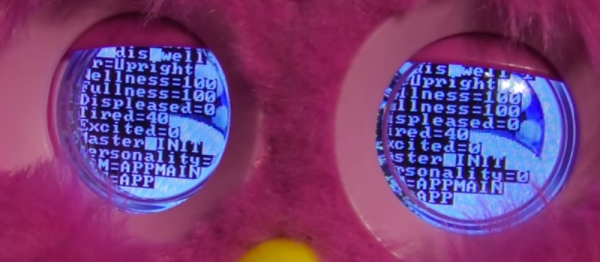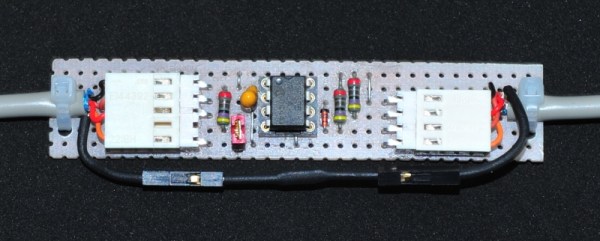Chess is a slow game of careful decision-making, looking several moves ahead of the current state of the board. So is machining, and combining the two is an excellent way to level up your machine shop chops. And so we have the current project from [John Creasey] who is machining a chess set out of stainless steel.
This isn’t that new-fangled computer numerical control at work, it’s the time-tested art of manual machining. Like chess, you need to plan several steps ahead to ensure you have a way to mount the part for each progressive machining process. In this first video of the series [John] is milling the knights — four of them, with two which will eventually get a black oxide treatment.
Milling the horse head is fun to watch, but you’ll be delighted when the work gets to the base. [John] is using a pipe fitting as a fixture to hold the already-milled horse-head-end while working the base on his lathe. The process begins by getting rid of the inner threads, then working the pipe fitting very carefully to the diameter of the chess piece for a perfect press fit. Neat!
At the end, [John] mentions it took “quite a few months of weekends to get to this point” of having four pieces made. They look great and we can’t wait to see the next piece in the set come to life. You’ll find the video embedded below, but if you can’t sink this kind of time into your own chess set, you may try three-dimensional laser cut acrylic pieces.


















